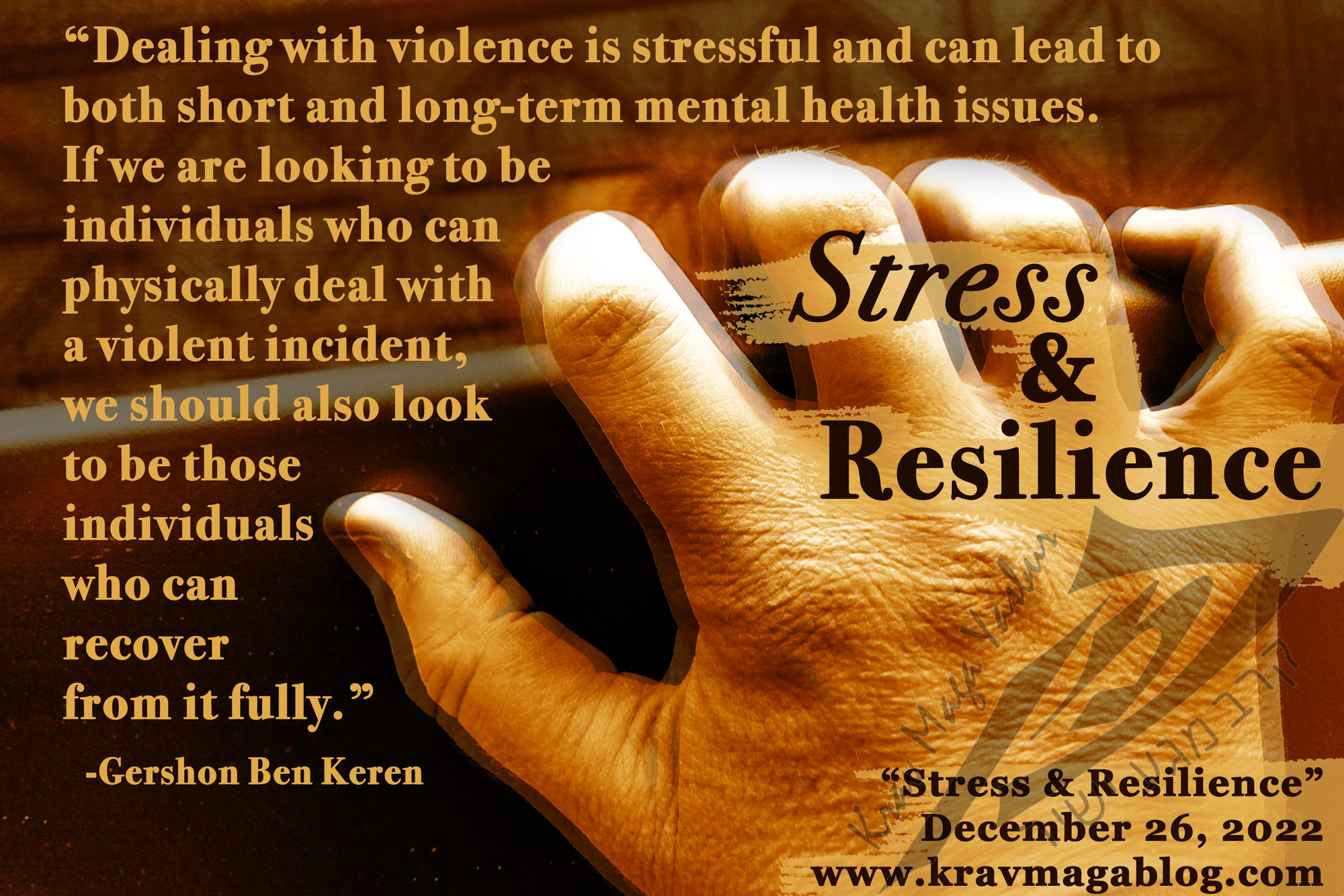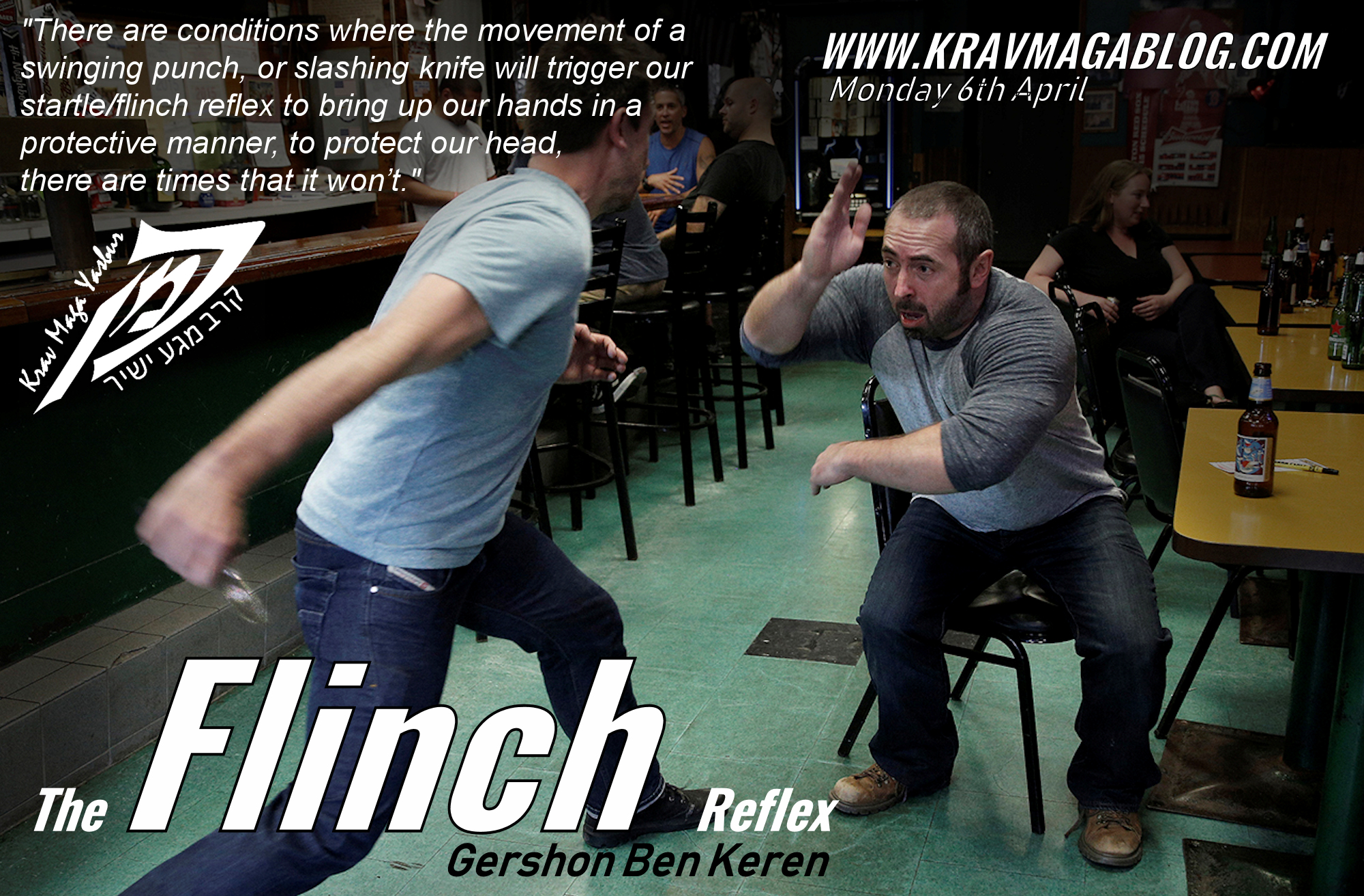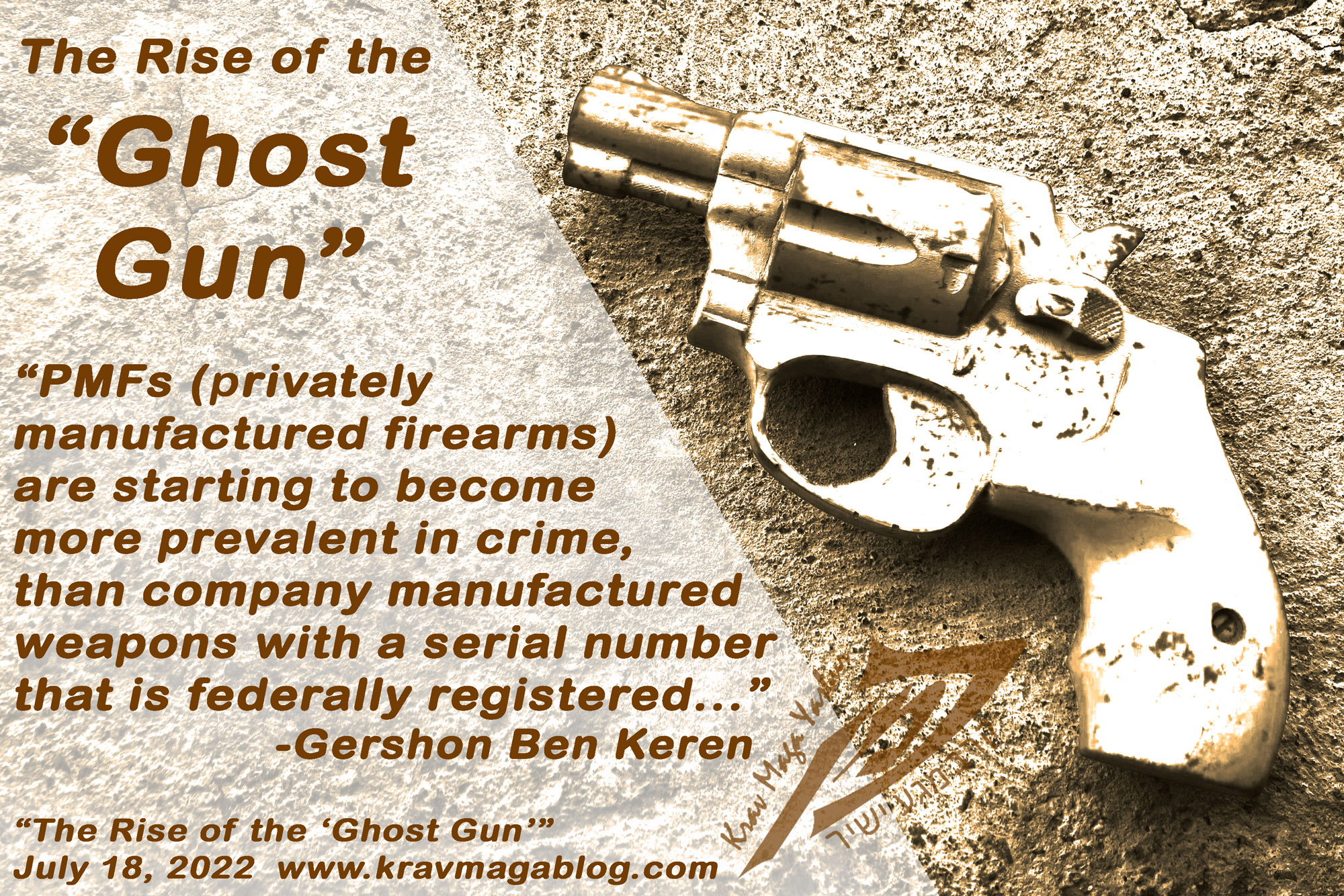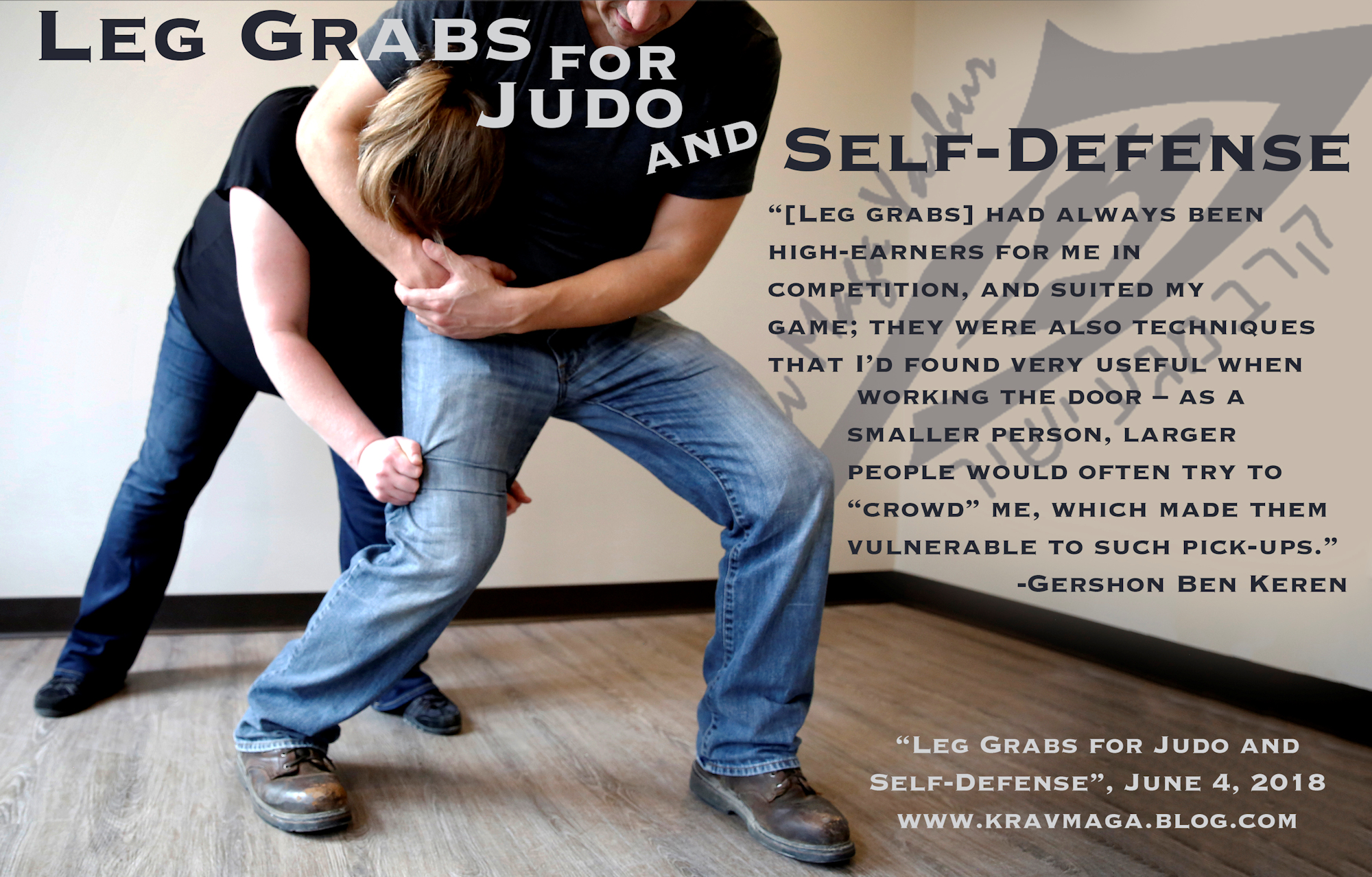Punching Problems - Fixing Common Errors (Part 2), is an article written by Gershon Ben Keren, a 5th Degree Black Belt in Krav Maga, who teaches Krav Maga in Boston, MA. He has also authored three Amazon best-Selling Books on Krav Maga.
In last week’s blog, I looked at two common issues that occur when people are learning how to punch correctly when striking with the rear hand e.g. flaring the elbow out and lifting the back foot of the ground. These are issues we may be aware of, that we have but to fix them we need to understand why we make these errors. In this week’s blog, I want to address issues surrounding general “lack of power” when striking with the rear hand, and some of the issues that people have in forming a correct fist.
One of the problems people often have when learning to punch for the first time, is trying too hard. At first it would seem that putting maximum effort into a punch, would yield the maximum return however I believe there is a big difference between intent and effort. When you strike it should be with maximum intent but the actual effort, should be that which is efficient. My background is in Judo. When you first learn to try and throw somebody, you usually do it in the most inefficient manner, pulling or pushing the person you are attempting to throw with all your might, and trying to lift them upwards, rather than simply taking their balance through added/extended movements, to their own larger movements; as you get better, your throwing starts to take advantage of your opponent’s movement(s) and your throws become effortless. Striking is no different. Power comes through speed, and speed is made possible when the body is relaxed. The problem is that when we tense our muscles, we “feel” them, when we relax them we don’t. If we can feel our muscles working it seems obvious to us that we must be employing them, and that must mean we are punching as “hard” as we can. A good power punch, like a good throw, should feel effortless – and that requires us to be relaxed.
This is one of the reasons that the hands shouldn’t be clenched into fists, when in a “Guard Position” and/or at the start of the punch; as this ends up tightening the muscles of the forearm, and bicep - muscles which are used to contract rather than extend the arm. The Bicep, and forearm muscles are used to grip, and pull things towards us, the opposite of what we are actually trying to do when punching i.e. extending the arm – and fist – towards the target. If these muscles are tensed, then they are effectively fighting against the punch. The Tricep muscles (the ones at the back of the arm), are used to extend and straighten the arm during the punch, and these large muscles should only be felt working if you are pushing against something that offers resistance. This is not the case when striking, when the arm is extending without resistance. If you feel your arms working i.e. the muscles tightening, then you need to relax, as you are inhibiting the motion of the arm.
You should be aiming to land your punch behind the target, driving through it. Because you are/should be delivering power into the target, your relatively weak fist has to be tightened, to make sure it is both a solid striking tool, and that the fragile bones of the hand are protected and don’t get broken. When you strike you should aim to hit the target, with your largest knuckle, and rotate the Fist anti-clockwise, around this point, to bring the second knuckle into line with it. The thumb should be positioned under these two knuckles to add support. When viewed from the side, the knuckles of the hand/fist should be in line with the top of the wrist, neither pointing up (which would mean the “knuckles” of the fingers would connect) or down which would mean the wrist/hand could be bent inwards.
The Fist should strike straight into the target, drive through it, and be pulled straight back. It should not “scuff” the target, either upwards, sideways or downward but hit the target square on. The longer your fist drives, and pushes through the target, the more the force of the punch is spread out; your punch should hit the target, deliver the force, and be removed in the shortest possible time – you don’t want to waste power pushing the target, rather you want it to absorb your power in a single moment. If when you are working the focus mitts or other pads, and you find they are not being knocked back at speed, in a snappy fashion, but instead are being pushed back, your punch is lacking recoil. As fast as you throw the punch, once it has reached the end of its journey it should be pulled back with equal speed. Try to not get into the habit of just pulling the arm back, but rather look to pull the hip back, which in turn pulls the arm back. This makes the recoil faster, and also sets the hips back into a neutral position, allowing for other strikes to be thrown. Just as the body drove the punch forward, so it should pull the arm back.
In conclusion relax, and aim to throw your punches with speed (if you can feel the muscles of your arms as you throw the punch, you are more than likely tensing them). Your fist should strike with the top two largest knuckles, with the top knuckle being the one, which you want to visualize hitting first, with the second one coming to “join” it. Strike through the target, and then pull the body back, which will in turn pull the arm. In all your movements use efficiency rather than effort.
0 COMMENTS














